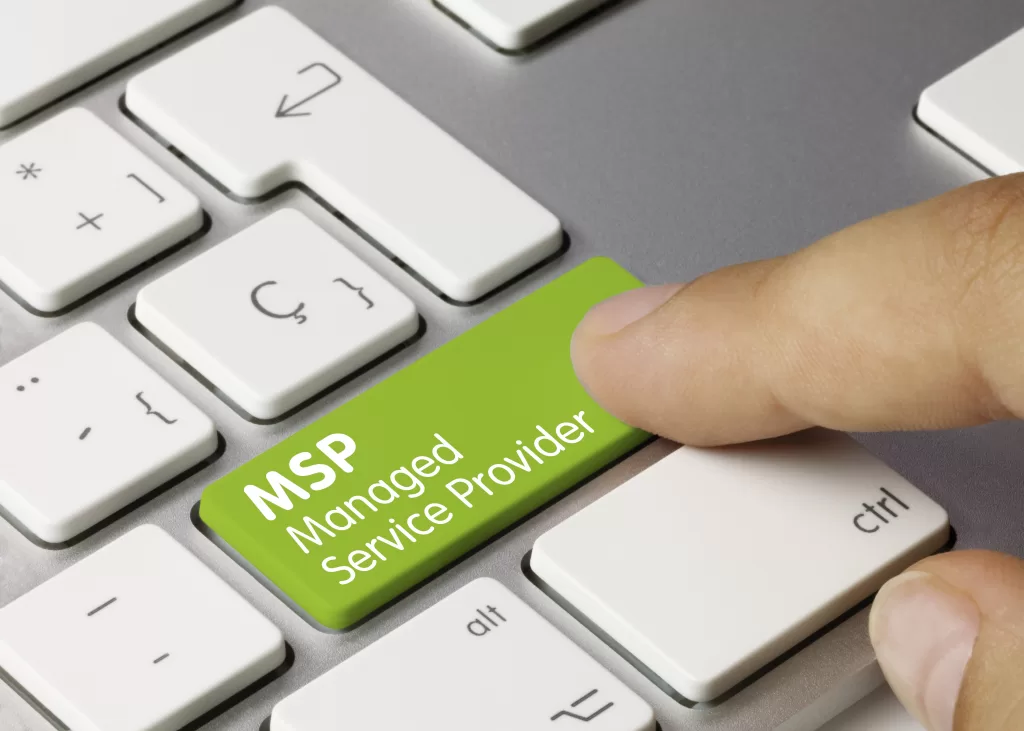Cutting IT costs has become a priority for many organizations!
Rising expenses for infrastructure, software, and talent can quickly eat into profits, especially for small and medium-sized enterprises.
Fortunately, one of the most effective ways to reduce IT costs without sacrificing quality is by leveraging Managed Services. By outsourcing various IT functions and adopting strategic practices, businesses can optimize operations, minimize waste, and boost efficiency.
In this article, we’ll explore several practical hacks to help you lower your IT costs while still maintaining a robust and reliable technology infrastructure. From optimizing your IT setup to leveraging cloud services, these strategies will show you how to make the most of Managed Services and keep your budget in check.
The Potential of Managed Services to Reduce IT Costs
Managed Services have revolutionized the way businesses approach their IT infrastructure. Traditionally, businesses relied on in-house teams to manage their IT systems, which required substantial investments in hardware, software, and human resources. However, by partnering with a Managed Service Provider (MSP), businesses can significantly lower their IT costs while benefiting from professional IT management.
MSPs provide a wide range of services, including network monitoring, data backups, cybersecurity, and technical support. Instead of spending on expensive hardware upgrades or paying for full-time IT staff, businesses can shift to a more cost-effective, subscription-based model that scales with their needs. This flexibility is just one of the many ways that Managed Services help businesses optimize their IT budgets.
1. Optimizing IT Infrastructure and Operations
One of the most effective ways to cut IT costs is by optimizing your IT infrastructure. Many businesses unknowingly maintain outdated or redundant systems, which can lead to inefficiencies and higher operational expenses. Managed Services can help by conducting an IT audit to assess the current state of your infrastructure, identify bottlenecks, and recommend solutions for streamlining operations.
For example, consolidating servers and storage systems can reduce energy consumption, lower maintenance costs, and minimize hardware failures. Additionally, migrating to cloud-based infrastructure eliminates the need for costly physical servers, cutting down on both upfront investment and ongoing maintenance expenses. With the help of Managed Services, businesses can fine-tune their IT infrastructure to improve efficiency and reduce overall IT costs.
2. Leveraging Cloud Services for Cost Efficiency
Cloud computing has become a cornerstone of cost-saving strategies for businesses looking to reduce IT costs. By leveraging cloud services, businesses can significantly cut down on hardware expenses, as they no longer need to invest in or maintain physical servers. Cloud solutions offer scalability, allowing businesses to adjust resources as needed without overcommitting to infrastructure that may go unused.
MSPs can help businesses adopt cloud solutions, whether it’s for storage, application hosting, or disaster recovery. By moving critical services to the cloud, companies only pay for the resources they use, which helps to avoid overspending on unnecessary capacity. Furthermore, cloud services reduce the need for costly upgrades and minimize downtime, both of which contribute to substantial savings in IT costs.
Virtualization is another powerful cost-saving tool that goes hand-in-hand with cloud services. By virtualizing servers and desktops, businesses can maximize resource utilization and reduce the need for physical hardware. Virtualization also simplifies IT management, as multiple virtual environments can be controlled from a single console, further reducing administrative expenses.
3. Outsourcing Non-Core IT Functions
Outsourcing is a proven method for cutting IT costs, particularly when it comes to non-core functions that don’t directly contribute to a company’s bottom line. Tasks such as help desk support, network monitoring, and routine maintenance are necessary but often time-consuming. By outsourcing these functions to a Managed Service Provider, businesses can reduce the need for an in-house IT team and free up internal resources for more strategic initiatives.
MSPs provide 24/7 support and monitoring, ensuring that any issues are addressed promptly without requiring additional full-time employees. This not only cuts labor-related IT costs but also ensures that businesses can focus on their core competencies while leaving IT management in the hands of experts.
Additionally, outsourcing allows businesses to access specialized IT knowledge without having to invest in costly training or certifications for in-house staff. The expertise of an MSP can help businesses stay ahead of the latest technology trends, cybersecurity threats, and regulatory requirements, all while keeping IT costs under control.
4. Efficient Resource Management for Maximum ROI
Another key to cutting IT costs is efficient resource management. Many businesses waste valuable IT resources due to poor allocation, underutilization, or lack of visibility into their IT spending. Managed Services can play a crucial role in optimizing resource usage by providing businesses with data-driven insights into their IT operations.
For instance, MSPs can implement tools to monitor software licenses, ensuring that businesses are only paying for what they use. This can lead to significant savings, as many companies unknowingly overspend on unused software or services. Additionally, MSPs can help businesses adopt automation tools that streamline repetitive tasks, reduce manual errors, and minimize the time spent on routine IT management.
Effective resource management also extends to staffing. By outsourcing certain IT functions and relying on MSPs for 24/7 support, businesses can reduce overtime costs and avoid hiring additional staff to cover shifts during holidays or after hours. This enables companies to operate more efficiently without compromising on service quality or paying a premium for extra labor.
5. Best Practices for Sustainable IT Cost Management
While cutting IT costs is important, it’s equally crucial to implement sustainable practices that ensure long-term savings. Managed Services help businesses establish best practices for ongoing cost management, which can lead to consistent reductions in IT spending over time.
One such practice is proactive maintenance. Rather than waiting for systems to break down or experience issues, MSPs continuously monitor your infrastructure to detect potential problems before they become costly repairs. This reduces downtime and minimizes the need for emergency fixes, both of which contribute to lower IT costs.
Another best practice is regular system updates and upgrades. Outdated systems are more prone to security vulnerabilities and inefficiencies, leading to higher operating expenses. By partnering with an MSP, businesses can ensure that their systems are always up-to-date, secure, and optimized for performance.
Finally, MSPs offer strategic IT planning services that help businesses forecast their future needs and budget accordingly. This level of foresight allows companies to avoid unnecessary spending while ensuring that they have the resources needed to support growth. By planning ahead, businesses can make smarter investments in technology and keep IT costs in check.
Achieving Significant Cost Savings with Managed Service Hacks
Cutting IT costs doesn’t have to mean sacrificing quality or performance. By leveraging the power of Managed Services, businesses can optimize their infrastructure, reduce waste, and implement best practices for sustainable cost management. From cloud computing and virtualization to outsourcing and resource management, the hacks outlined in this article can help you achieve significant savings while maintaining a competitive edge.
As businesses continue to evolve, IT costs will remain a critical factor in their overall success. By embracing Managed Services, companies can not only reduce their expenses but also enhance their operational efficiency and position themselves for future growth. If you’re ready to take control of your IT budget and explore more cost-saving strategies, keep reading our blog for the latest insights and tips.



